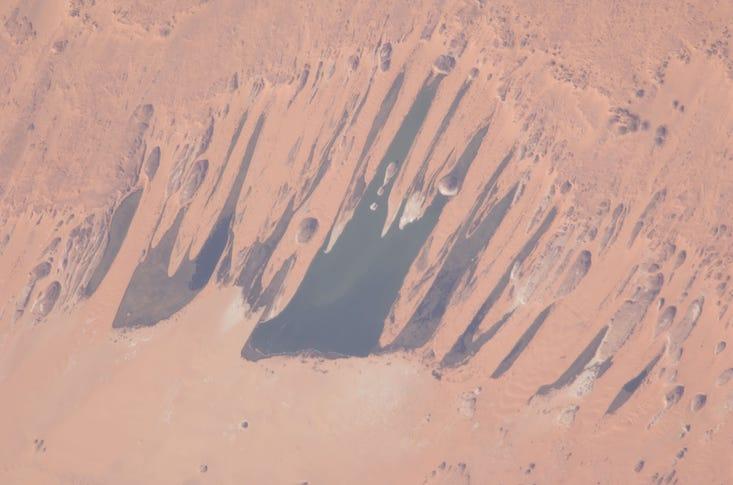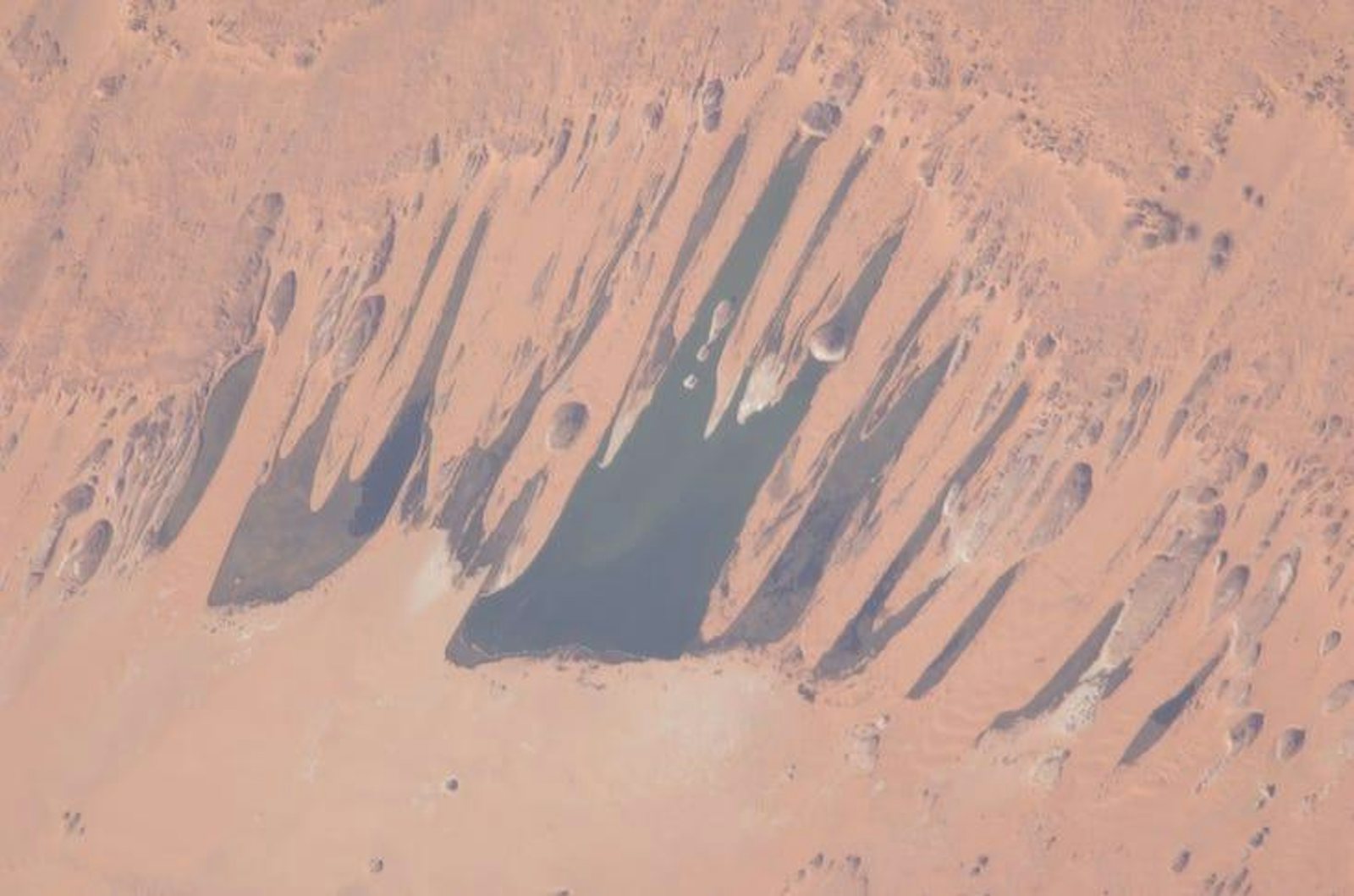
Last year, after a punishing four-year drought, California lifted emergency water-scarcity measures in all but four counties. Residents could sigh in relief but not without resignation. “This drought emergency is over, but the next drought could be around the corner,” California Governor Jerry Brown said at the time. “Conservation must remain a way of life.”
He’s right. In April, a study in Nature Climate Change, based on climate model simulations, concluded that a 25 percent to 100 percent “increase in extreme dry-to-wet precipitation events is projected” for the rest of this century, “despite only modest changes in mean precipitation. Such hydrological cycle intensification would seriously challenge California’s existing water storage, conveyance and flood control infrastructure.” In 2015, when a record-setting low of California mountain snowpack was being set, Richard Saykally, a water chemist at UC Berkeley, told me it wouldn’t be unprecedented for the drought to last for decades. “There has been a record of far worse droughts than what we’re experiencing now,” he said, referring to tree-ring data which indicates that, some 500 years back, California suffered something like a 150-year drought. “It is fully possible that this could turn into a 50-year drought or 100-year drought, which would be devastating, unless we have reliable sources of water that don’t rely on precipitation.”
A partial solution may be to snatch water from the air, Dune-style. A team of six researchers, led by UC Berkeley chemist Omar Yaghi, reported in Science Advances this month a method of producing water from desert air using just the power of natural sunlight. The researchers say the aluminum-based water absorbent they used “potentially” meets the needs of large-scale industrial production, and “should be applicable to various regions of the world.” The device is an update on a proof-of-concept he and his colleagues unveiled in a 2017 paper. It looks like a little microwave in this short video, where Yaghi describes the absorbent materials as “metal-organic frameworks, or MOFs.” It’s a white, powder-like substance that water in the atmosphere can’t help but cling to.
For the new study, he and his colleagues tested the water harvester in the Sonoran Desert, in Arizona, in late October, and successfully collected water after a failed first attempt. “The desert experiment uncovered key parameters pertaining to the energy, material, and air requirements for efficient production of water from desert air,” the researchers write. No doubt residents of California, home to three deserts and over a dozen desert cities of populations over 25,000, will find this interesting.
Desalination projects, though mostly expensive and inefficient, could meet the challenges of drought. Some of the latest improvements are inspired by Alan Turing, particularly a 1952 paper of his, “The chemical basis of morphogenesis.” That paper, researchers wrote in a Science study last month, “theoretically analyzed how two chemical substances, activator and inhibitor, can, under certain conditions, react and diffuse with each other to generate spatiotemporal stationary structures.” The authors of the study—all based in China—say that it has “profoundly influenced” scientists’ theoretical understanding of how patterns in chemical and biological systems form. As a result, they were able to design a “Turing-type” structure with bubbles or tubes, a “polyamide membrane,” to purify water. “These unusual nanostructures,” they conclude, “…exhibit excellent water-salt separation performance that surpasses the upper-bound line of traditional desalination membranes.”
Saykally also holds out hope for desalination projects. “I’ve gotten very interested in the physics and chemistry of these desalination plants,” he said. Carbon nanotubes are used to filter the salt out of seawater, but “it’s possible that that can be done with much less energy input because the resistance to pushing water through these tubes may be much lower than with current technology…We need to study the behavior of ions at the interface of water with these carbon membranes, and it’s possible that the nature of that interface is such that with proper geometry, water can flow through tubes of pure carbon with very low resistance so that you could use much lower pressures to force the seawater through the desalinating membranes.” It’s an “exciting prospect,” he said, “that would greatly mitigate the energy consumption” of current desalination plants.

Brian Gallagher is the editor of Facts So Romantic, the Nautilus blog. Follow him on Twitter @brianga11agher.



















